Penn’s Creek
Penn’s Creek is the longest limestone stream in Pennsylvania. The scenic stream, which has its headwater near Penn’s Cave in Centre County, is known for outstanding fly fishing.

Penn’s Creek is the longest limestone stream in Pennsylvania. The scenic stream, which has its headwater near Penn’s Cave in Centre County, is known for outstanding fly fishing.

The Penn State Earth and Mineral Sciences Museum & Art Gallery is home to a vast collection that highlights the history of the College of Earth and Mineral Sciences and Pennsylvania’s extractive industries.
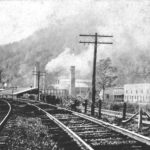
The manufacture of refractories – brick capable of withstanding extremely high temperatures – was one of Centre County’s major industries for more than seventy years. By the early 20th century, about 800 workers at eight brickyards were producing what was commonly known as fire brick.
The State College Choral Society is a 100-member choral group that been performing regularly around Centre County since 1948. The society began as a 35-member chorus organized by the State College Women’s Club. Starting in 1949, men joined the choir.
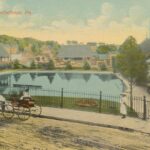
Big Spring is a natural groundwater outlet found in Talleyrand Park in downtown Bellefonte, noteworthy for both its unique geology and its historical significance.The powerful spring forms a pool at the edge of the park.
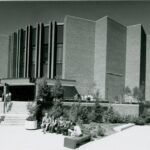
Eisenhower Auditorium is Penn State’s primary theatrical performance center. The building opened in 1974 and was later named for former University President Milton S. Eisenhower. It hosts about two hundred concerts, theatre and dance performances, Penn State commencements, and other events annually.

Millbrook Marsh Nature Center is a 62-acre a farmstead and wetland in College Township established to educate visitors about the natural world.
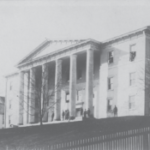
The Bellefonte Academy was a popular private school that educated students from Centre County and across Pennsylvania for more than 125 years. The “School in the Mountains,” as it was known, operated from 1805-1934, except during the War of 1812 and Civil War.
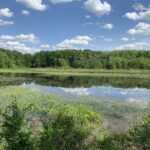
The Scotia Barrens is a distinct ecozone of about 6,200 acres west of State College protected within State Game Lands #176. The area is a microclimate zone, with temperatures noticeably lower than the adjoining areas, that features plentiful plant and animal life.
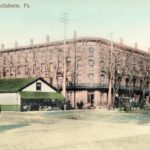
The Bush House was a four-story hotel situated along Spring Creek in downtown Bellefonte built by Daniel G. Bush. Before it was destroyed by fire in 2006, it was a contributing property in the Bellefonte National Historic District.